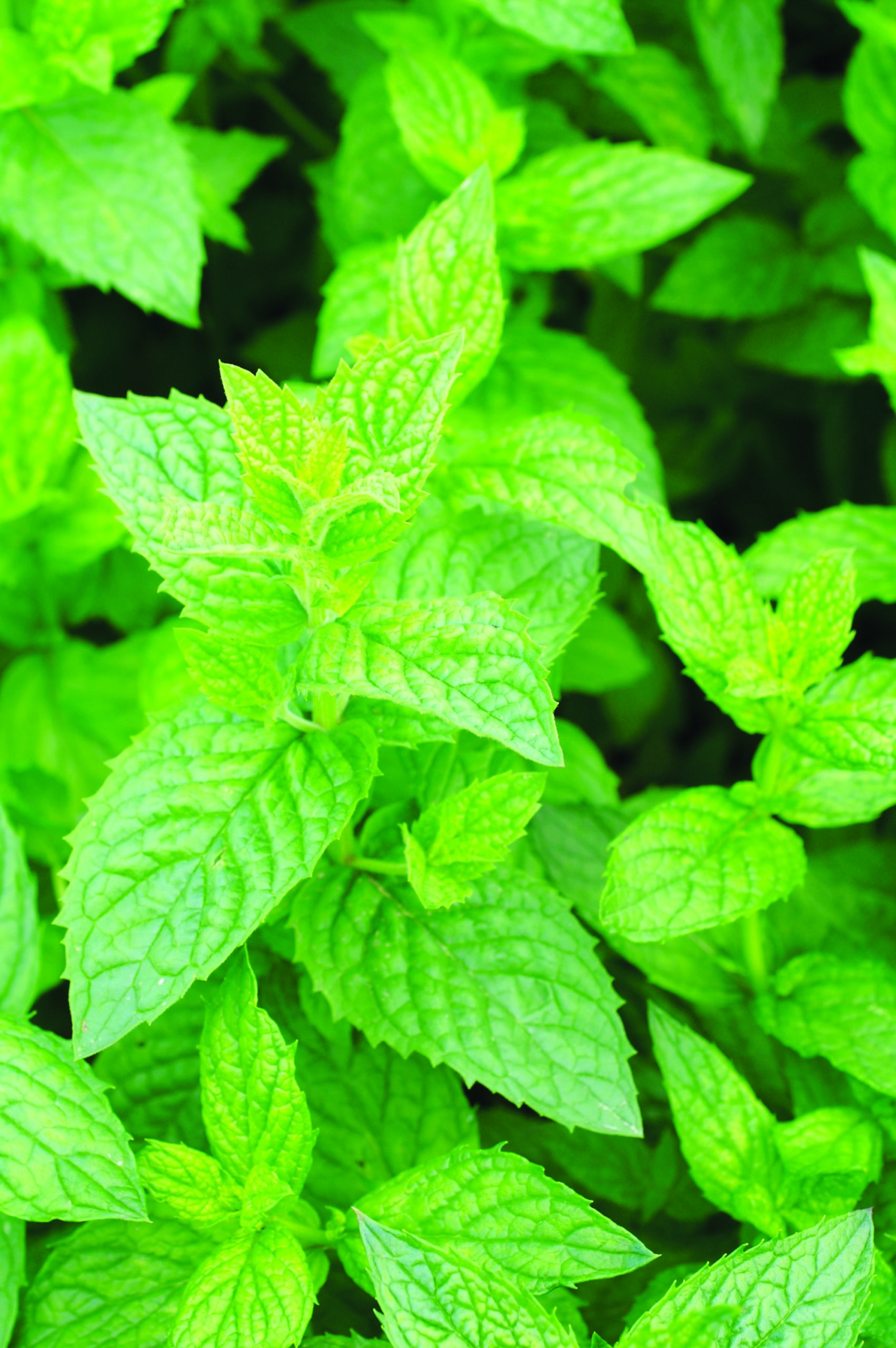| Maturity (days) | Perennial |
|---|---|
| Plant height (cm) | 50-60 |
| Spreading (cm) | 30-50 |
| Formulation | Untreated |
Peppermint
Peppermint
4.59$
In stock
Peppermint has been added to cart
Buy 3 and get a 10% discount
Bushy, well-branched plant with egg shaped elongated leaves with an intense flavour. Used by cooks, by herbalists and in the making of alcoholic beverages. (Perennial)
Cultivation mode
Plantation : Indoor: sow 6–8 weeks before the last frost. Maintain the temperature between 20 and 21 °C. The germination time is around 10 or 12 days. Outdoor: direct sowing in mid-May or transplant when there is no more risk of frost.
Soil : Indoor: A well-drained, porous seedling soil is ideal for preventing overwatering. Outdoor: mint likes moist, humus-rich soils. To prevent its foliage from drying out, place it in partial shade and out of the wind.
Spacing : Space them 60 cm in all directions. Warning: invasive plant.
Cultural practices : mint requires little maintenance other than sufficient watering during the dry season. During the summer, in order to obtain strong and dense plants, it is recommended to prune the stems regularly and to partially suppress the flowering. At the end of winter, cut back the dry stems, the mint will reappear in the spring.Divide the plants every three or four years to rejuvenate your plants and ensure maximum flavour.
Harvest : mint leaves can be picked as needed, preferably in the morning before the hot weather. To have two harvests, cut at ground level towards the end of June then start again in autumn. The leaves are used fresh or dried to flavour sauces, drinks, desserts, fruit salads and compotes. You can also freeze mint.
| Latin name |
Mentha piperita |
|---|---|
| Companion plants |
broccoli, Brussels sprout, cabbage, cauliflower, pea, pumpkin, radish, squash, tomato, turnip |
| Rival plants |
carrot, chamomile, corn, cucumber, pickling cucumber, |

